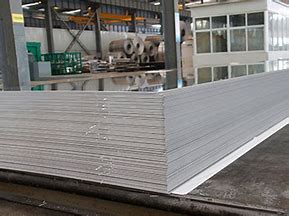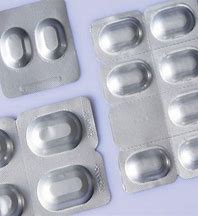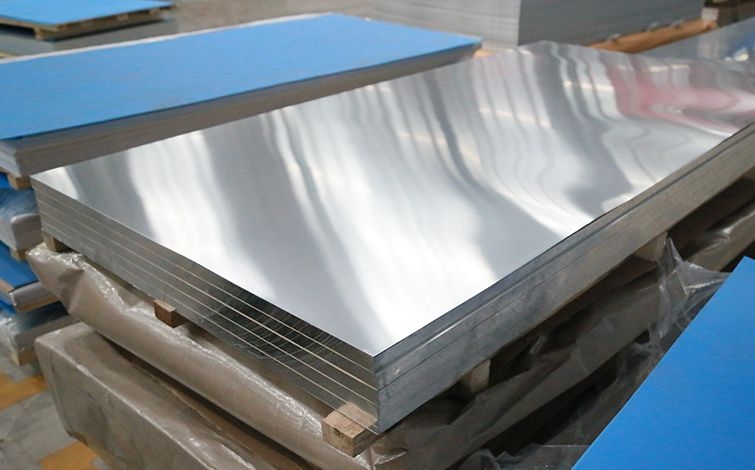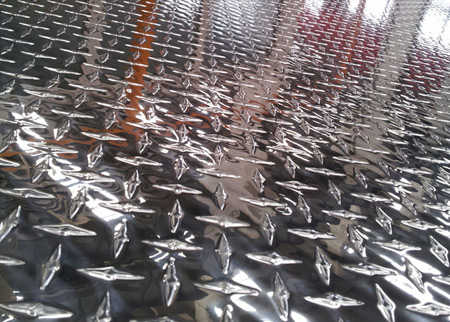



What are the common heat treatment methods for aluminium sheets?
One of the common ways to provide metal stress relief is through a variety of heat treatment methods. There are several methods of heat treating aluminium sheets. Work hardening of aluminium alloys, also known as strain hardening, is usually carried out early in the production cycle. The intentional plastic deformation of the aluminium sheet workpiece changes the crystal structure within the metal, which can then be reset by annealing.
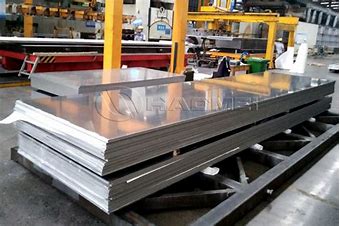
Aluminium is heated to temperatures between 570°F and 770°F for up to three hours. This will reduce the stresses created during the work hardening process and help with warpage and other problems. One of the benefits of annealing is that it can be used for non-heat treatable alloys, such as the 3xxx, 4xxx and 5xxx series of alloyed aluminium sheets. If H2 is present in the alloy number, it has been annealed.
Another form of heat treatment is known as solution heat treatment. This is when a sheet of aluminium is heated to a high temperature held between 825°F and 980°F for a period of time and then quenched to quickly cool the material. This will trap dissolved elements which will then precipitate out and cause age-hardening effects.
Other heat treatment options include homogenisation, natural ageing and precipitation hardening (which is effectively an artificial ageing process).
* Thank you for your inquiry. Please provide your business needs information so that we can better serve you.
This information can help us assign the most suitable person to solve your problem. We will give you feedback within 1-2 working days.
Related Blog
